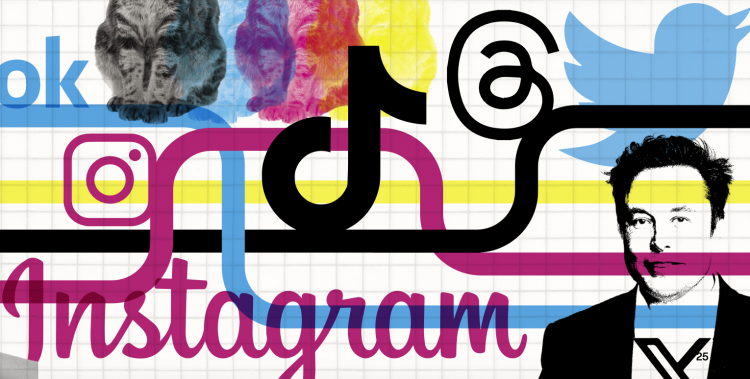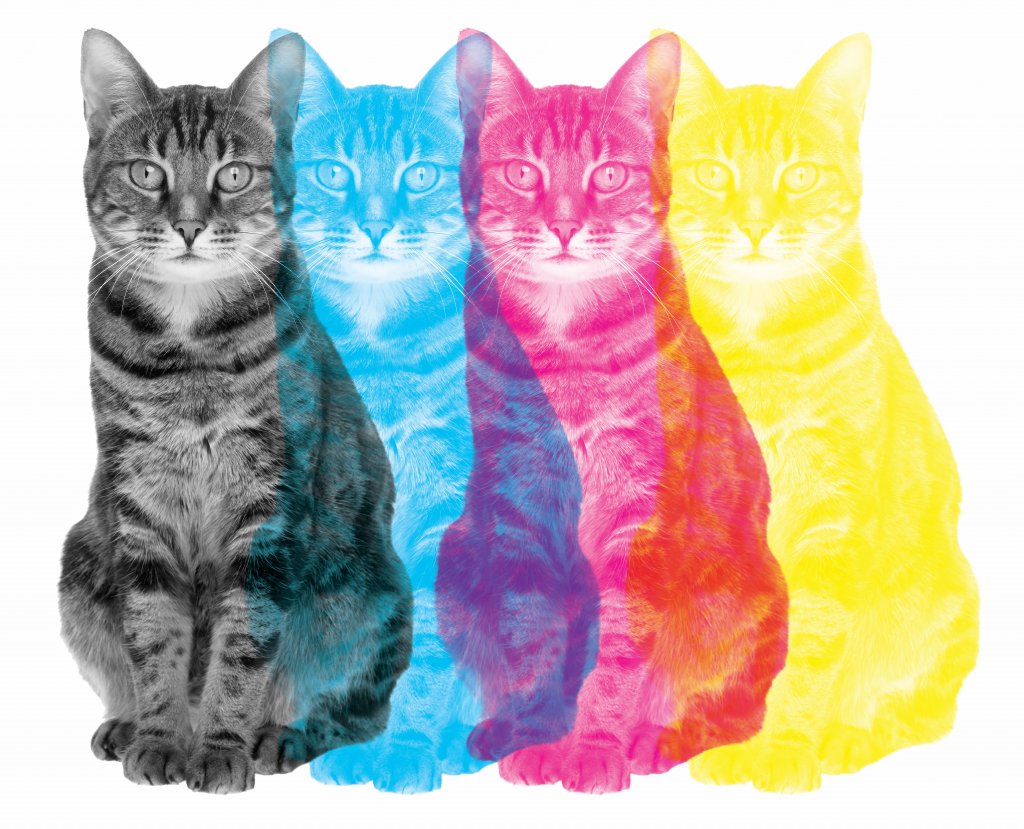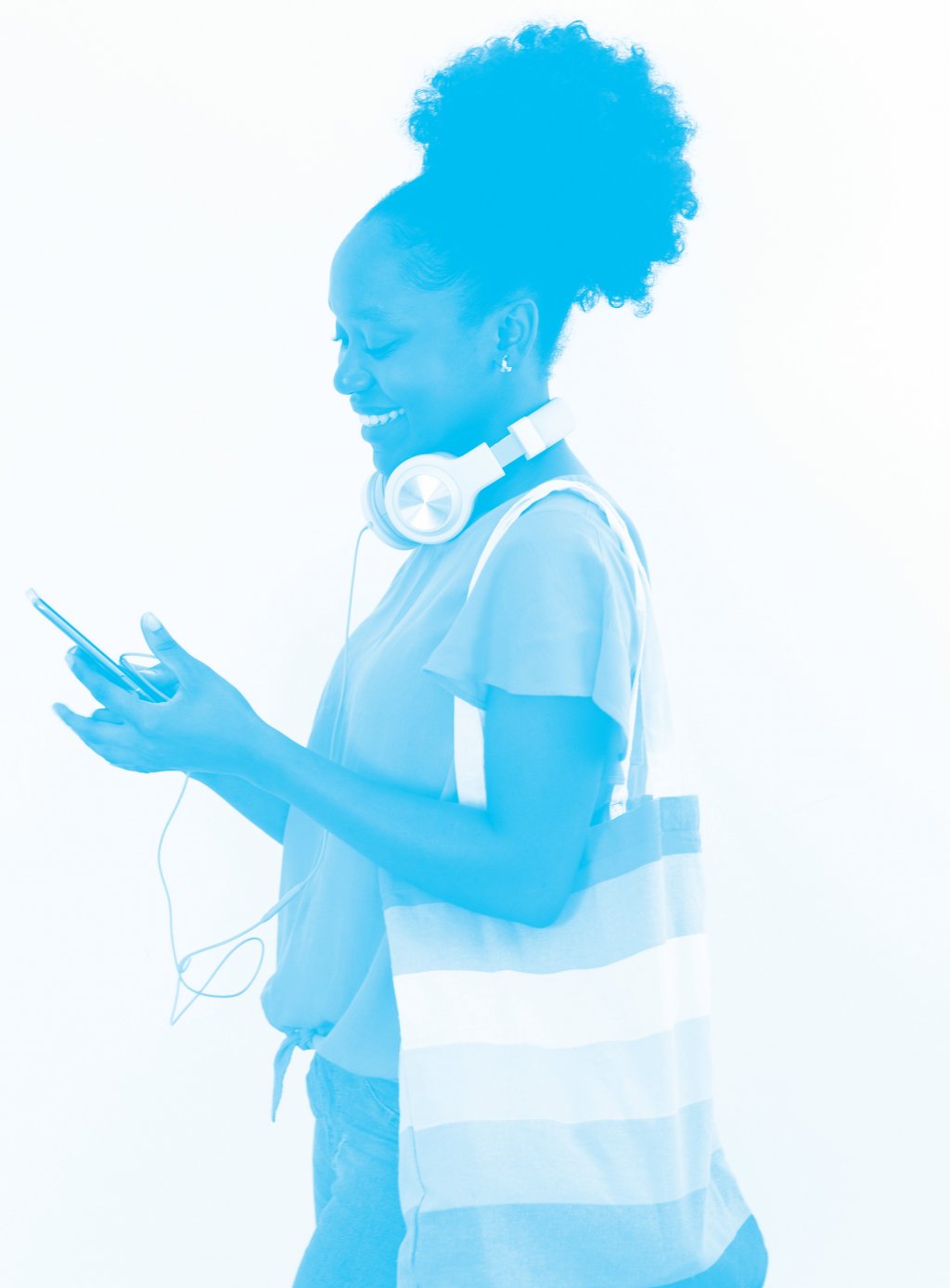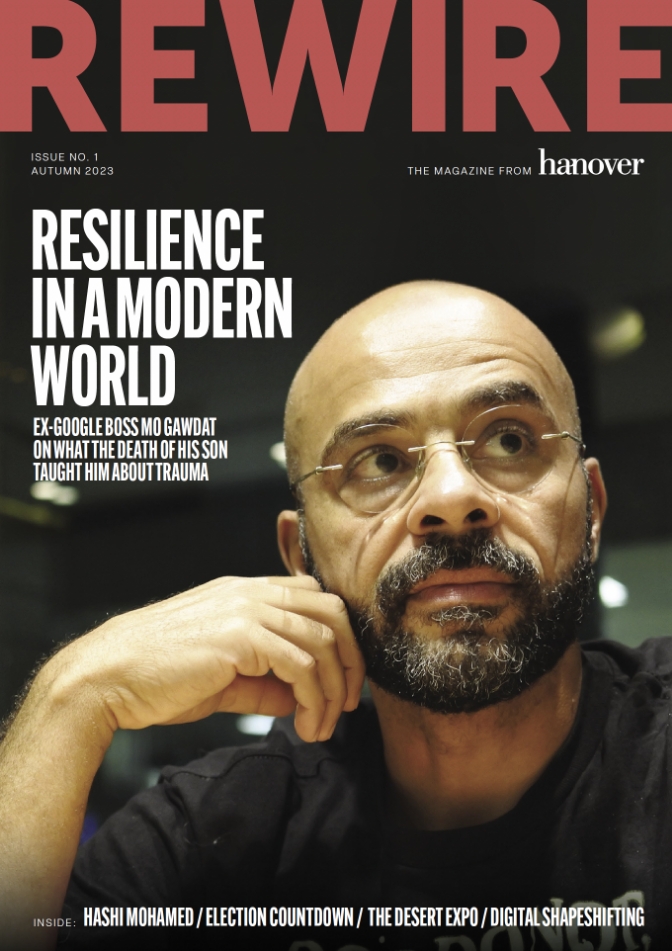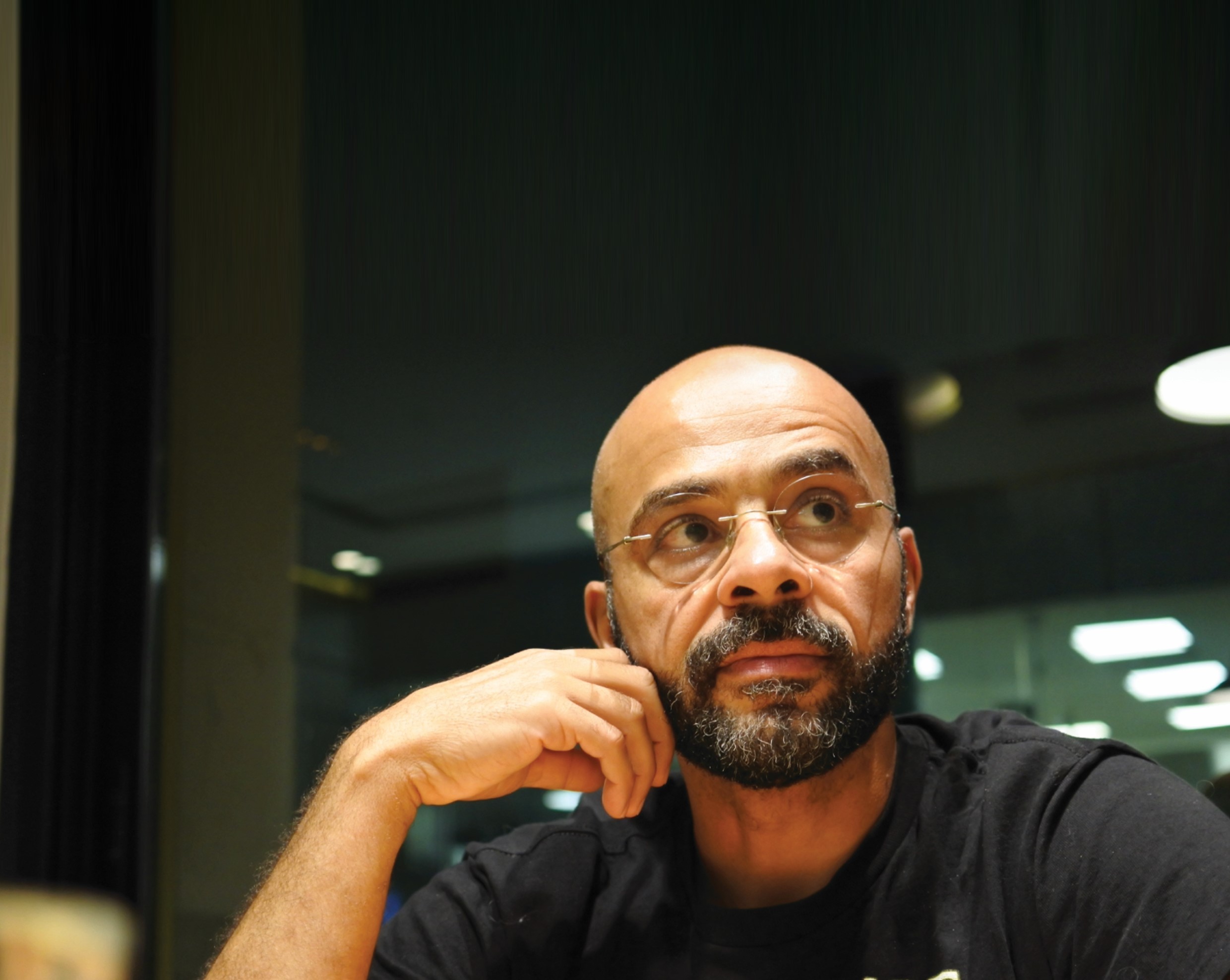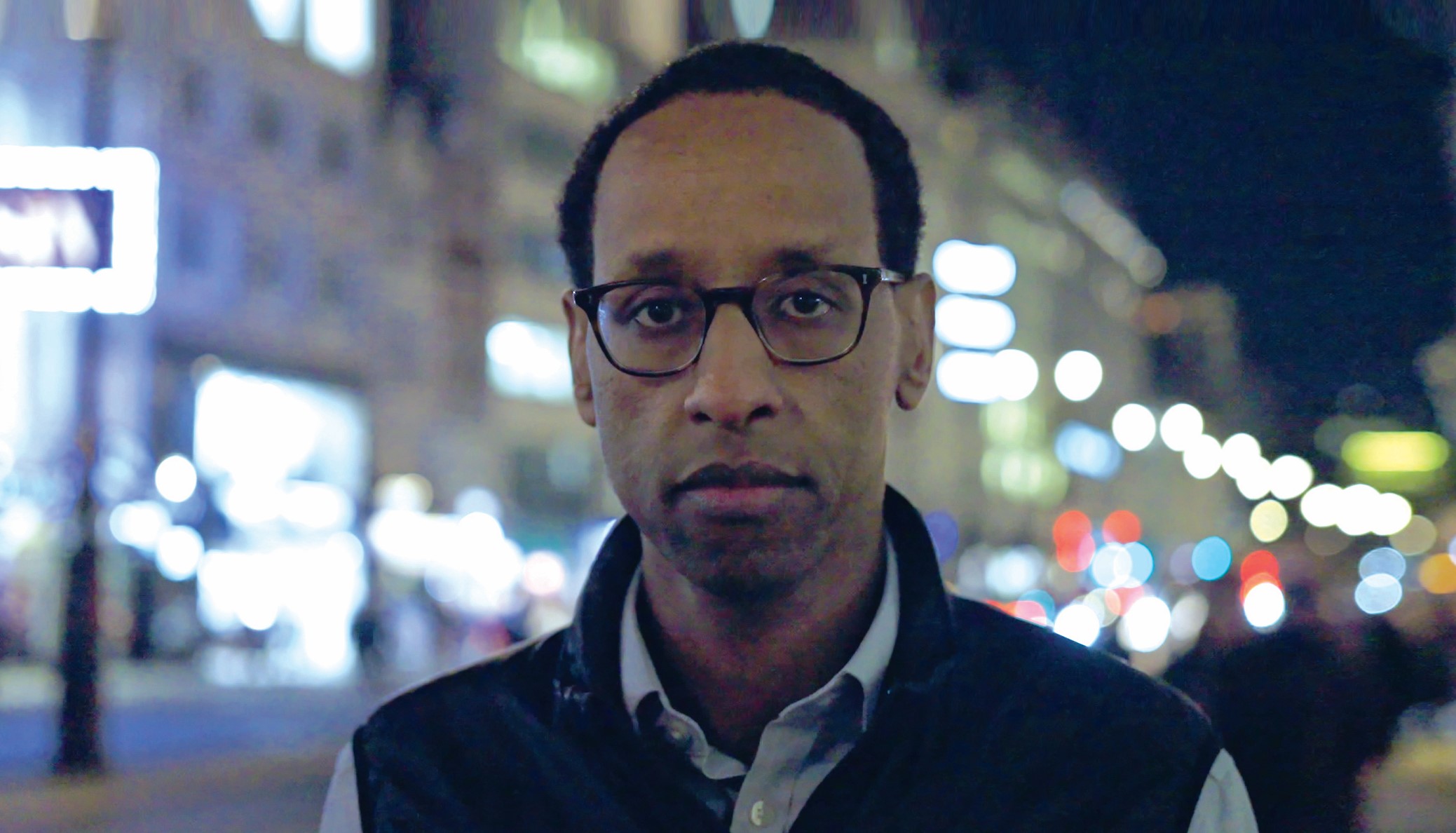Everyone knows the story. In 2004, Harvard student Mark Zuckerberg sat down at his computer and built a social network alongside a couple of other smart teenagers enrolled at the prestigious university who were studying things like engineering and computing. In 2002, however, there was Friendster. And LinkedIn launched in 2003, and MySpace took the world by storm a year later. Technically, the social media network was born in 1997 when Sixdegrees launched. Whichever timeline you follow, there’s no denying that in the space of just over 20 years, the world of social media has exploded at a phenomenal speed and even the Facebook of 2008 would be unrecognisable to social media natives of today.
Considering how many platforms have launched in the last 20 years, how many new platforms we have seen explode and some fail (who remembers House Party during the pandemic…?), it wouldn’t be surprising that there are similarities in what makes up some of the most popular social media of today. The features an app rolls out could be the difference between becoming one of the social media greats or a death sentence. At the end of the day, it’s the person behind the scroll that will eventually dictate what the apps do… and who gets there first doesn’t necessarily make a difference. And is it really just how a platform innovates that decides its fate?
What do you call a cat that works in a print shop? A copy cat...
Taking ‘inspiration’ is not new in the world of social media. We’ve seen platforms copying each other’s features for a long time. In the early days of TikTok’s launch there were hushed murmurs of its similarities to Vine. When Instagram launched Reels in response to the new kid on the block (TikTok) this spurred backlash in the form of petitions from users to ‘make Instagram Instagram again’, while LinkedIn Live is one of many platforms to roll out the live video feature after Periscope came onto the scene.
Zuckerberg versus Musk
Considering some of the latest developments of the Zuckerberg versus Musk rivalry, such as the widely reported cage fight proposition, there is little that isn’t covered when it comes to the owners of the two biggest social media companies in the world. When Musk bought Twitter (now X) and started changing things around to a place that seems unrecognisable from the days we first saw the little blue bird light up our phones, there was a collective breath in to see what Meta would do. In the most open act of opportunism, Meta launched Threads. This was no longer a subtle adoption of features that felt similar, but a challenge to X and all that users of their beloved Twitter were looking to get back.
While the launch of Threads is more recent, between Meta and X the majority of the biggest social media platforms are housed under the same two rooves. These platforms have been generally innovating against and amongst themselves for a while.
Along came TikTok...
Branded by more than a few as the ‘TikTokification of social media’, one of the most fascinating platforms to fall victim to being copied is TikTok. Arguably the most disruptive app to launch, social media giants scrambled to copy TikTok faster than any other new platform. It might have been the speed at which the platform built a user base – taking considerably less years than Facebook, WhatsApp and Instagram to reach 1 billion users from launch - but one thing is for sure, everyone wanted to be like TikTok. Vertical video took social media by storm, and seeing something ‘viral’ on Instagram Reels is still seen as being unfashionably late to the party.
What made TikTok different from the start was the ‘For You’ effect. As confusing as it feels, TikTok’s algorithm and AI-powered recommendations means that seeing content from people you don’t know, with no idea why you’re seeing it (or why you can’t stop watching), actually feels… right. Users go on the platform with the intention of stumbling across something ‘random’ and it is the content that attracts, rarely which business or person posted it.
So... is it just a phase?
WIRED recently wrote that social media is having a ‘quarter life crisis’ and, more boldly, a piece in The Verge had no problem writing the headline ‘social media is doomed to die’.
If the platforms we’ve come to know and (mostly) love are now the establishment, what does this mean for the future of social media innovation?
One of the most recent platforms to launch is French social media app BeReal. Launched in 2020, the app focuses on authenticity for users. No filters, no hashtags, and until recently just one chance a day to post something in real-time. By 2022, Instagram and Snapchat had both taken inspiration from BeReal’s dual camera feature. Like TikTok before them, BeReal is now faced with the challenge of maintaining their simplicity while the more established platforms clip at their heels…
Is it time to rewire our thinking on social media?
So if it’s being said that the platforms themselves are running out of ideas, how are brands and businesses meant to find ways to stand out and do something different? Maybe after all it’s not about being ahead of the curve, but actually about standing still and finding your comfort zone. While the big social media players are rolling out new features and new names, how can businesses continue to harness the power of social media and not get swept up in the latest launch? Considering the increasing amount of people more likely to turn to social media than search engines to get information, it is necessary to ensure you are in the right place in front of the right people.
Rewiring isn’t about having the answers. As goes the world of social media, trying to predict the future would be a pointless exercise. Focusing on putting a few things at the core of your social media strategy is a good place to start.
1. Authenticity.
At the heart of the big disruptors TikTok and BeReal is authenticity, and it’s got a lot to do with what users want and the type of content that is being consumed every day. People are looking for ideas and inspiration, and ways to connect with networks in a way that feels real and personal. Though there is potential for businesses to expect too much from the social media services they have created.
2. Let data drive.
Staying up to date on wider trends and innovations is helpful and necessary, but more pertinent is looking inwards at your own performance and audience data. Be led by what your target audience like and need, and build from there.
3. Invest in creative.
Whilst authenticity is key, this is sadly unlikely to take us back to the days of taking social media images on a grainy mobile phone camera and uploading it alongside a tweet. Investment from businesses and brands needs to be in creators and good quality content – when the average 16 year old can create a sophisticated TikTok video in less time that it takes to make a decent cup of coffee, investing in good quality creative resources, or creators themselves,
